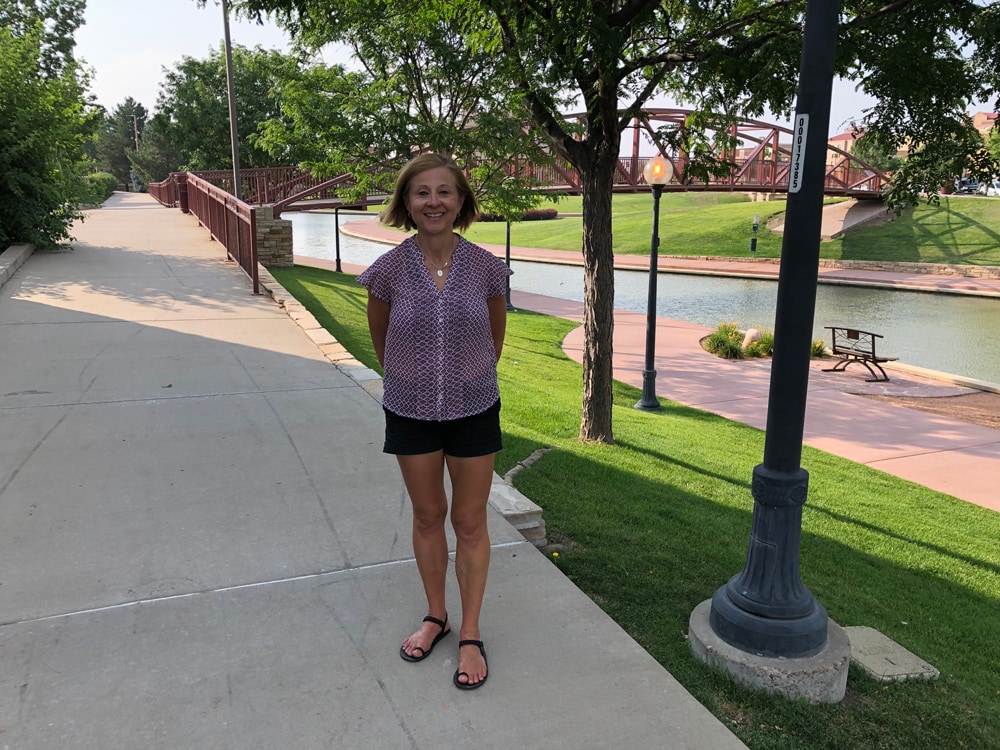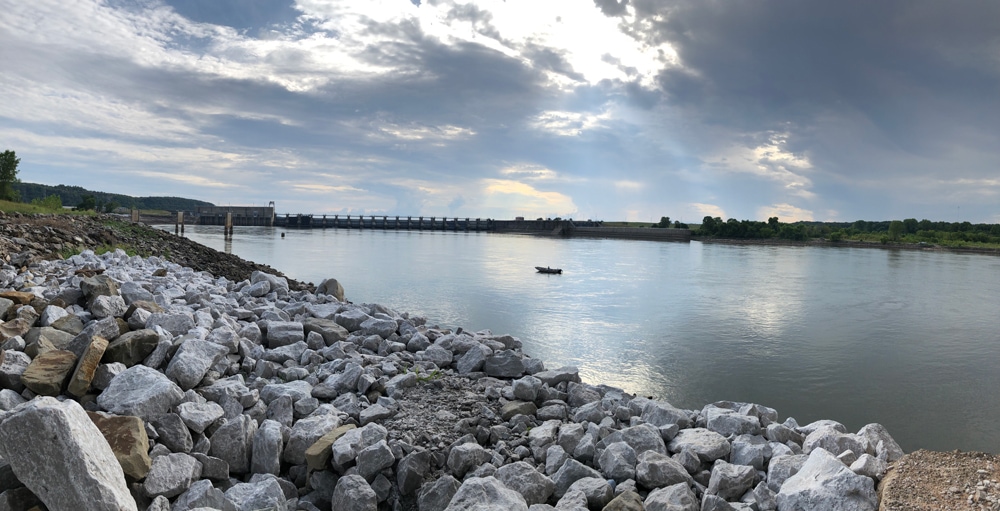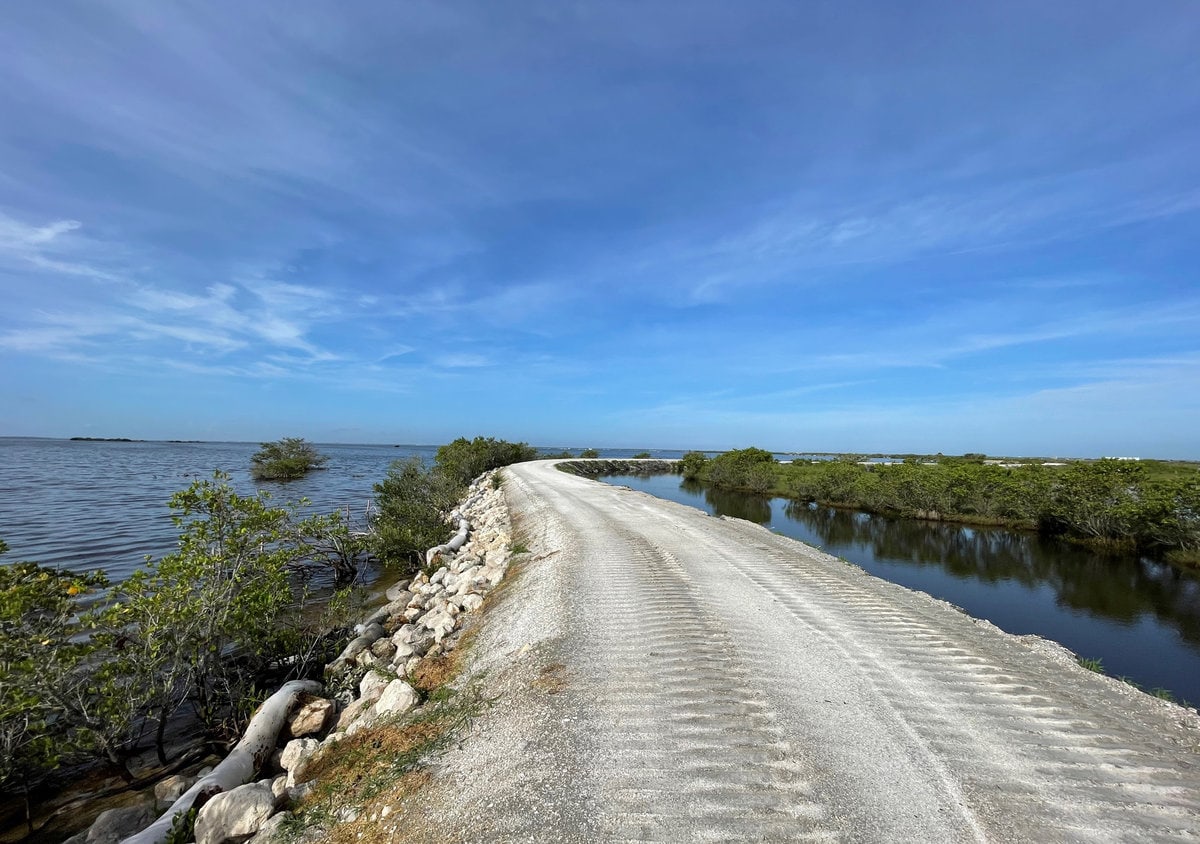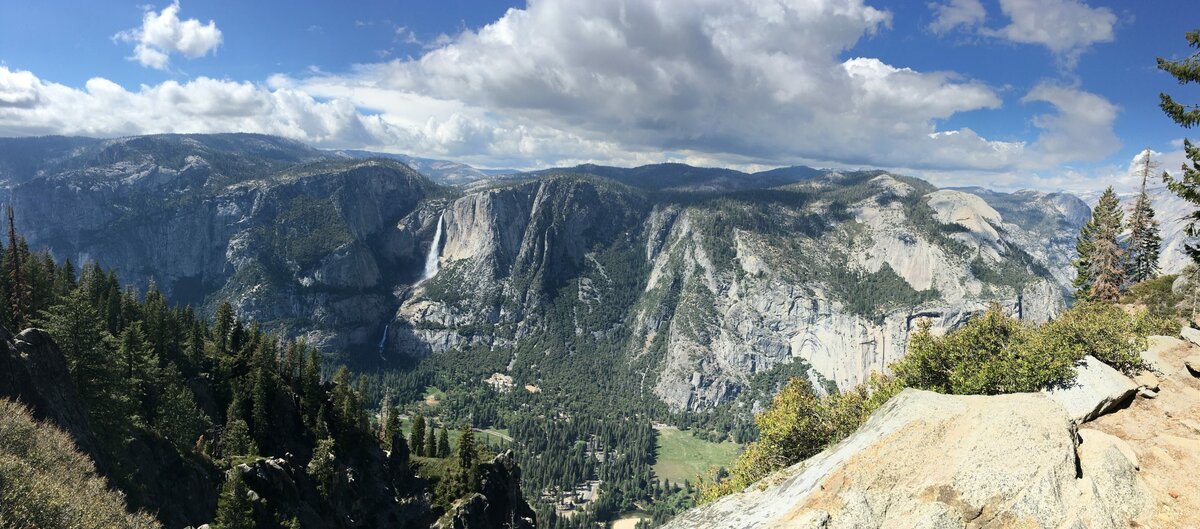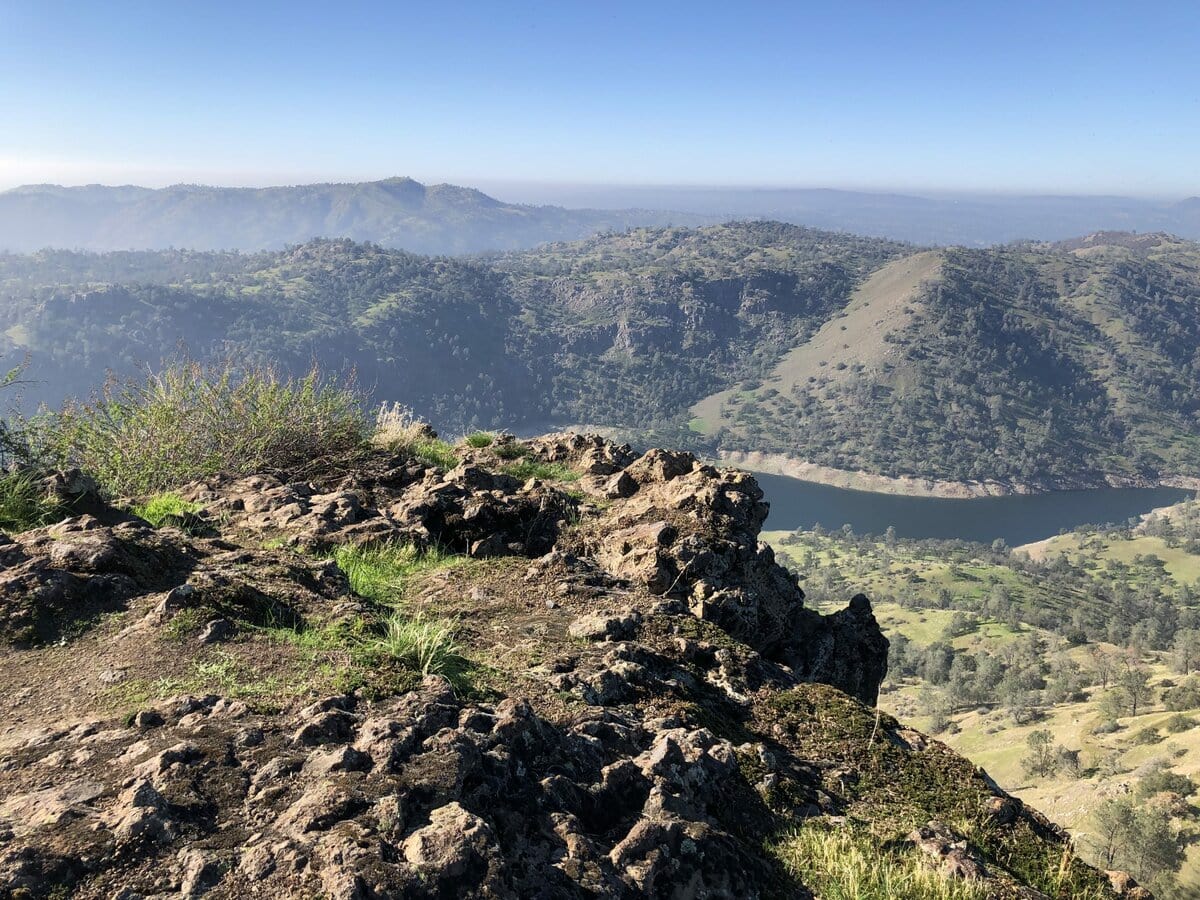Modern landscapes fall along a spectrum from the artificial to the natural. The Arkansas River exemplifies this reality. The Arkansas River is one of the longest tributaries of the Mississippi River at 1,450 miles. It begins in the Rocky Mountains of Colorado and then flows through Kansas, Oklahoma, and Arkansas. Flooding on the river in Pueblo, Colorado in 1921 motivated an engineering project that relocated the river channel and flow to areas south of the city. In 1996, an economic revitalization project in Pueblo excavated 1 mile of the historic river channel in downtown Pueblo in order to develop a commercial district in the form of a River Walk (modeled after the River Walk in San Antonio, Texas). The McClellan Kerr Arkansas River Navigation System (MKARNS), completed in 1970, opened 445 miles of the Arkansas River to commercial and recreational navigation through the construction of a series of 17 locks and dams (an 18 th lock and dam was completed on the White River in 2004). The locks overcome a 420-foot elevation change between the Mississippi River, where the MKARNS begins, to Catoosa, Oklahoma where the project ends. Commercial navigation on the MKARNS transports 12 million tons of commodities (agricultural and other products), annually, with a value between $2 and $3 billion. The Big Dam Bridge at the Murray Lock and Dam in Little Rock, Arkansas was completed in 2004 and is the longest (4,226 feet) pedestrian and bicycle bridge in North America built exclusively for recreational use (and it was certainly a popular spot on the Sunday afternoon when I was there). The Sequoyah National Wildlife Refuge (established in 1970) is co-located with the Robert S. Kerr Reservoir in Oklahoma and includes 20,000 acres of river floodplain habitat that supports more than 250 migratory bird species, among other animals. Former President Lyndon Johnson was present and spoke at the dedication ceremony for the Kerr Lock, Dam and Reservoir in 1970. He spoke about the importance of conserving our environment, water and landscape. During the closing portion of his speech, President Johnson said, “The scars of civilization in this part of America are not yet too deep to be healed…This project must be a beginning, not an end…It must represent our dedication to Robert Kerr’s dream of a nation preserved as God gave it to us.” The healing President Johnson called for could expand and diversify the value that nature can provide.
